Chile, a narrow strip of land stretching along the western coast of South America, is a country of remarkable natural beauty, diverse landscapes, and a rich cultural heritage. From the rugged peaks of the Andes to the fertile valleys of the Central Valley and the pristine shores of the Pacific Ocean, Chile offers a wealth of experiences for travelers and scholars alike. In this comprehensive exploration, we’ll delve into the essence of Chile, covering its geography, history, culture, economy, and current affairs.
Geography:
Chile’s geography is defined by its unique shape and diverse terrain. Spanning over 4,300 kilometers (2,700 miles) from north to south, Chile is one of the longest countries in the world, yet it averages only around 180 kilometers (110 miles) in width. It is bordered by Peru to the north, Bolivia to the northeast, Argentina to the east, and the Pacific Ocean to the west.
The Andes Mountains dominate Chile’s eastern border, forming a natural barrier that separates the country from its neighbors. This mountain range is home to some of the highest peaks in the Americas, including Ojos del Salado and Aconcagua, the tallest mountain outside of the Himalayas.
To the west of the Andes, Chile is characterized by a series of distinct geographical regions. The Central Valley, located between the Andes and the Coastal Range, is Chile’s agricultural heartland and home to the majority of its population. Further west, the Coastal Range gives way to a narrow strip of coastal plains, dotted with cities, ports, and beaches.
South of the Central Valley, Chile’s landscape becomes increasingly rugged and wild, with dense forests, fjords, and glaciers dominating the southern regions. The northernmost part of Chile, known as the Norte Grande, is characterized by the Atacama Desert, one of the driest places on Earth.

History:
Chile’s history is a tapestry woven from the threads of indigenous cultures, European colonization, and the struggles for independence and democracy. The territory of present-day Chile was originally inhabited by indigenous peoples such as the Mapuche, Aymara, and Diaguita, who had established complex societies and cultural traditions long before the arrival of Europeans.
In 1520, Portuguese explorer Ferdinand Magellan became the first European to reach the southern tip of South America, which he named the Strait of Magellan. This discovery opened the door to Spanish colonization, as expeditions led by Diego de Almagro and Pedro de Valdivia explored and conquered the region in search of gold and silver.
The Spanish founded several cities in Chile, including Santiago, Valparaíso, and Concepción, and imposed their language, religion, and culture on the indigenous population. However, tensions between colonial authorities and local elites, as well as the influence of revolutionary ideas from Europe and North America, eventually led to calls for independence.
Chile’s struggle for independence was led by figures such as Bernardo O’Higgins, José de San Martín, and Manuel Rodríguez, who fought against Spanish rule and laid the groundwork for the creation of a new nation. On September 18, 1810, Chile declared its independence from Spain, marking the beginning of a long and bloody war of independence that culminated in victory in 1818.
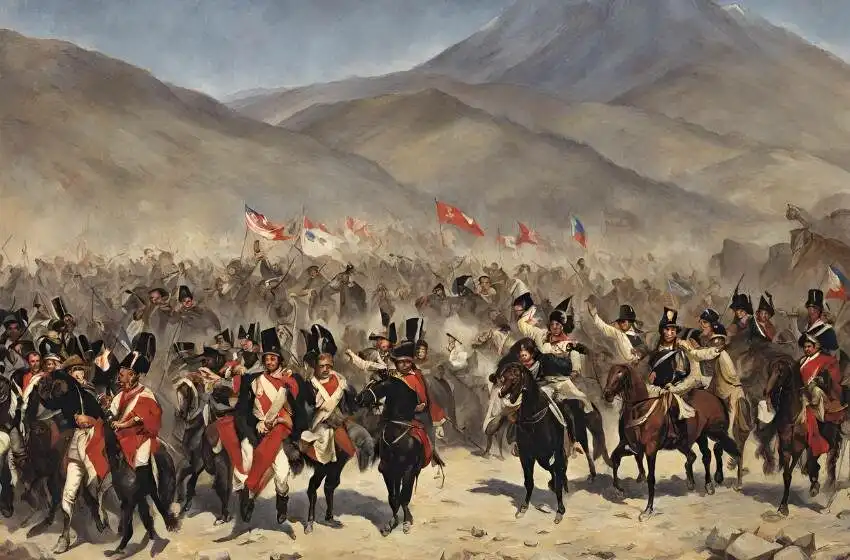
Culture:
Chilean culture is a vibrant fusion of indigenous, European, and mestizo influences, shaped by centuries of migration, colonization, and cultural exchange. Music, dance, literature, art, and cuisine all play a central role in Chilean culture, providing a rich and diverse expression of national identity.
Music is an integral part of Chilean culture, with genres such as cueca, cumbia, and folklore enjoying widespread popularity. Traditional instruments such as the guitar, charango, and accordion are commonly used in folk music, while orchestras and ensembles perform classical and contemporary compositions.
Dance is also a cherished tradition in Chile, with styles such as the cueca, huasos, and folkloric dances being performed at festivals, celebrations, and social gatherings throughout the country. Traditional dances often incorporate elements of indigenous, Spanish, and African culture, reflecting Chile’s multicultural heritage.
Chilean cuisine is diverse and flavorful, with regional specialties ranging from seafood dishes such as ceviche and pastel de jaiba to meat dishes such as asado and empanadas. Staples such as corn, beans, potatoes, and quinoa are commonly used in Chilean cooking, while fruits, vegetables, and spices add variety and depth to the cuisine.
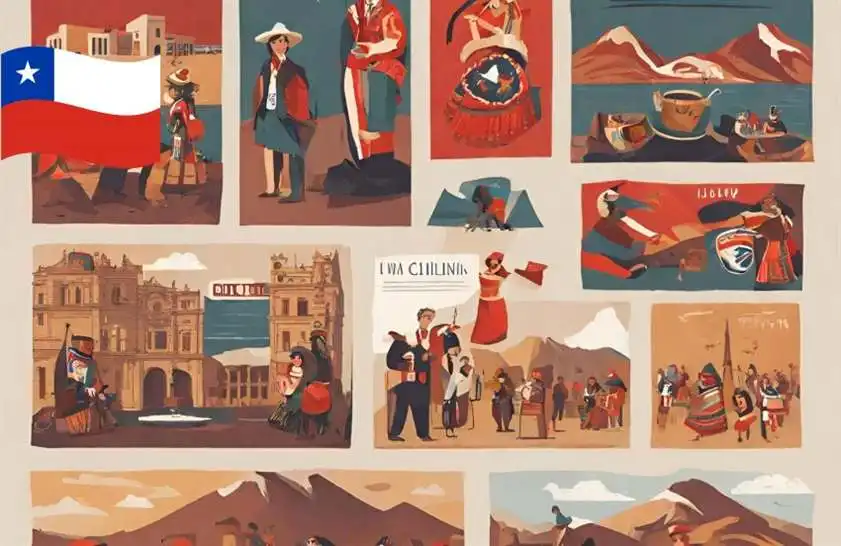
Economy:
Chile has one of the most stable and prosperous economies in Latin America, with a diverse range of industries including mining, agriculture, manufacturing, services, and tourism. The country is the world’s largest producer of copper, accounting for a significant portion of its export revenue and government income.
Mining is a cornerstone of Chile’s economy, with copper mining being the most significant sector. Chile also produces significant quantities of other minerals, including lithium, molybdenum, and gold. The country’s mining industry has attracted substantial foreign investment and has played a crucial role in driving economic growth and development.
In addition to mining, Chile’s economy is supported by a strong agricultural sector, which produces a wide variety of fruits, vegetables, grains, and livestock. The country’s fertile soil, favorable climate, and access to water resources make it a major exporter of agricultural products to markets around the world.
Chile’s service sector is also a significant contributor to its economy, with industries such as finance, telecommunications, retail, and tourism playing key roles. The country’s stable political environment, sound macroeconomic policies, and open market economy have attracted foreign investment and facilitated economic growth.
UNESCO World Heritage Sites

The most striking curiosities that make unique:
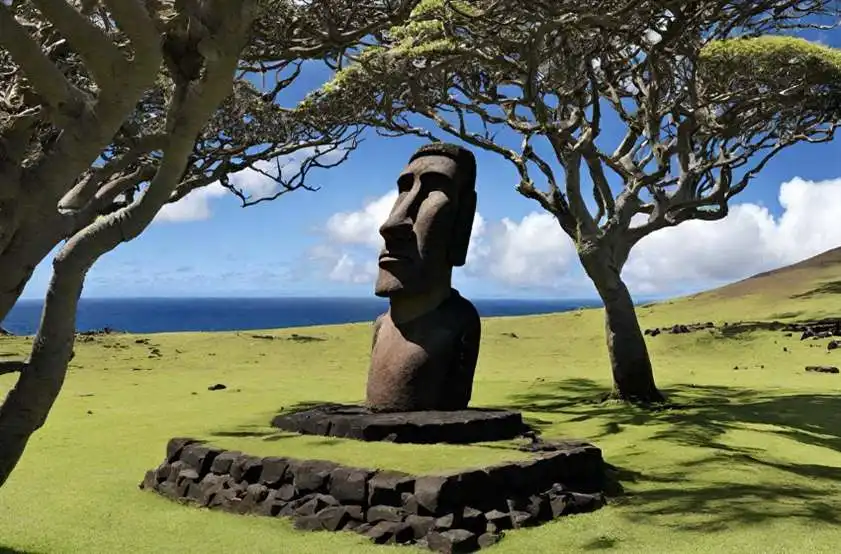
The most touristically renowned places:
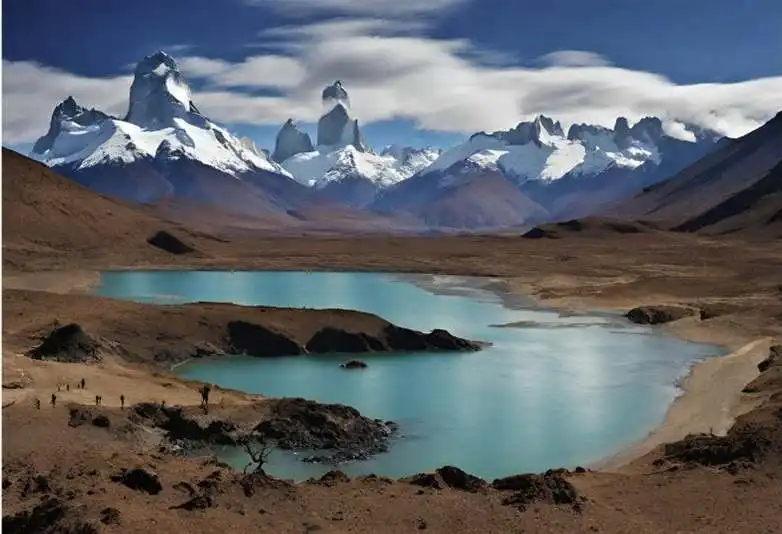
Conclusion:
Chile’s story is one of resilience, innovation, and transformation, as the country navigates the challenges and opportunities of the 21st century. Its rich cultural heritage, diverse landscapes, and enterprising people make it a dynamic and captivating place to explore. As Chile continues on its journey of growth and development, it faces numerous challenges and uncertainties, from addressing social inequality and environmental sustainability to promoting economic prosperity and democratic governance. Despite the complexities and hardships, Chile’s spirit of ingenuity, creativity, and optimism shines brightly, inspiring both its citizens and the world at large.


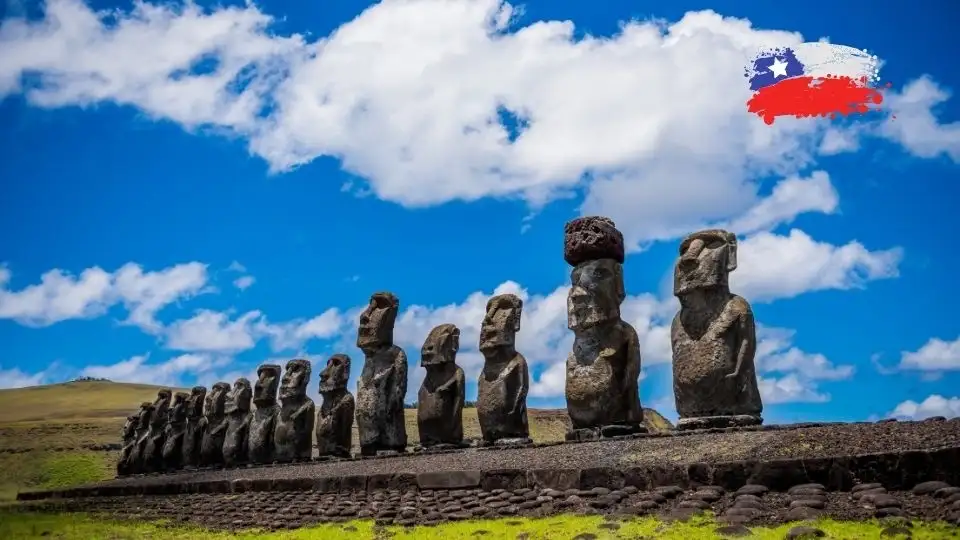



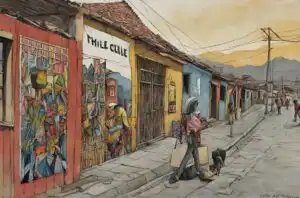




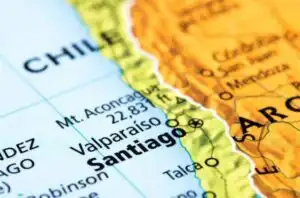

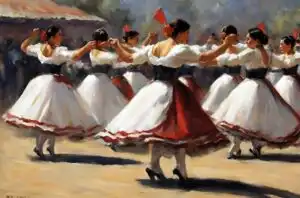
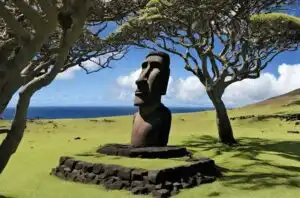
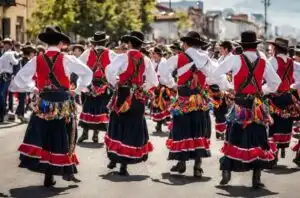
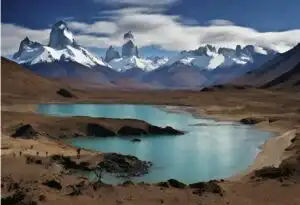
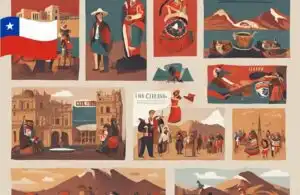



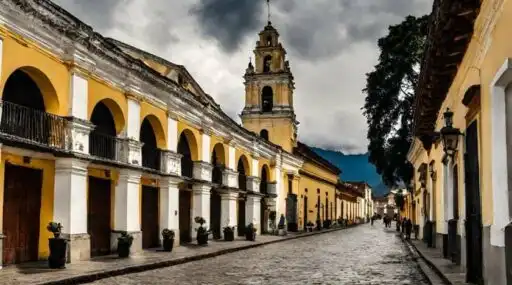
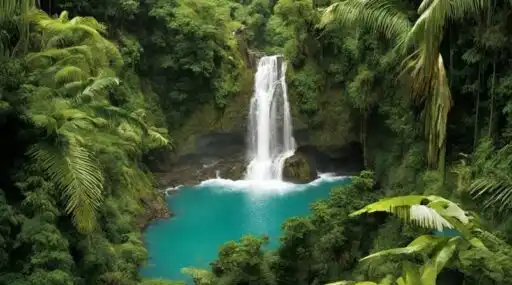

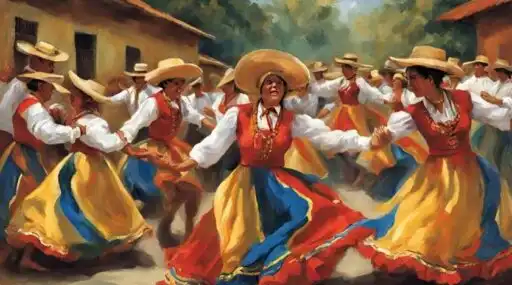

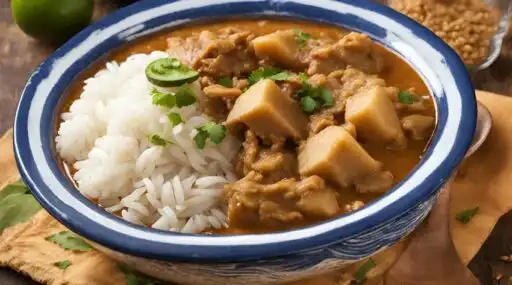


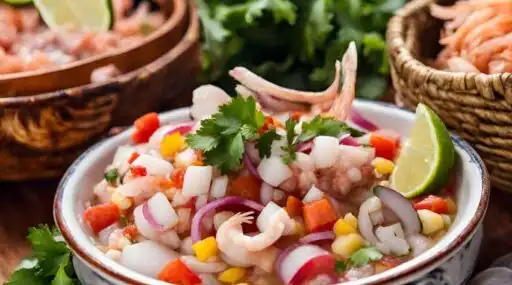


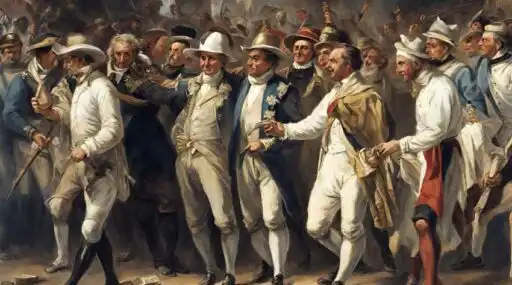



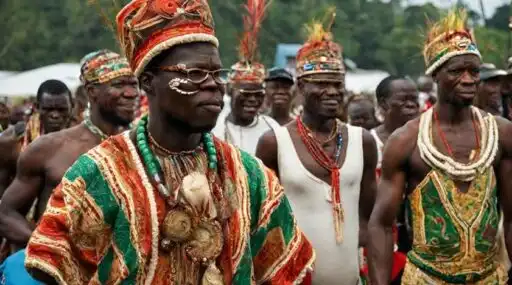

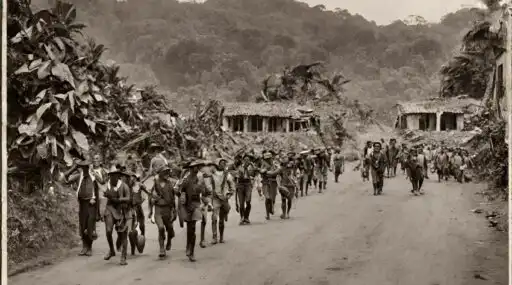

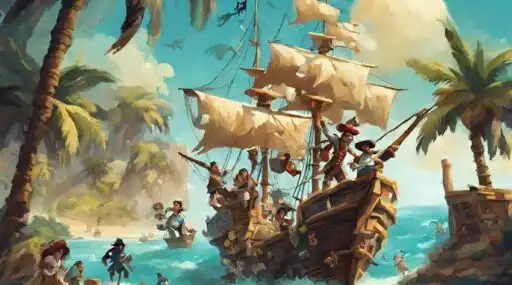
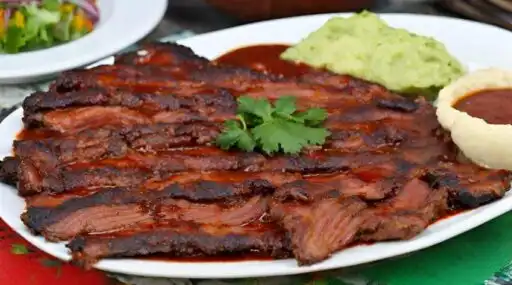




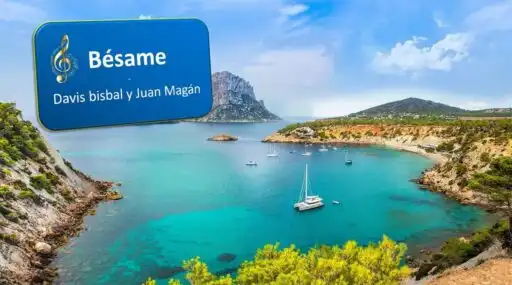

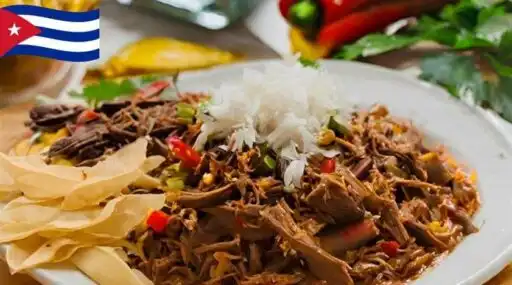

Leave a Reply